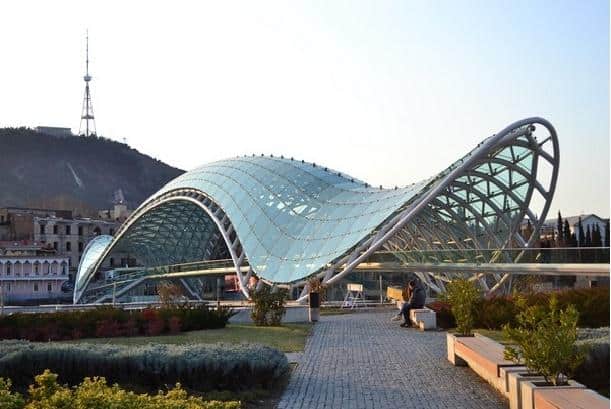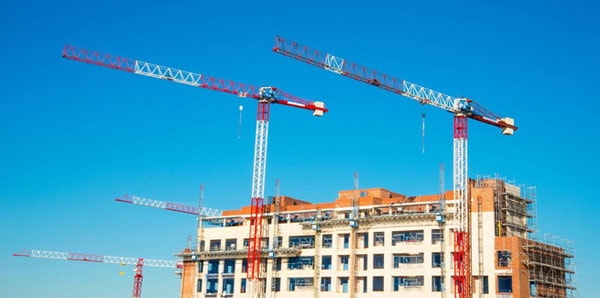Construction technologies are a set of engineering techniques that are applied to structural construction processes. They are also used in the design of transport systems, industry and energy related projects.
The construction sector, despite having been one of the most reluctant to incorporate innovation into its processes, has managed to reinvent itself under the shelter of new technologies.

This process had its peak at the end of 2007, when the real estate bubble burst.
The aforementioned event caused the transformation of the habits and expectations of consumers, which leaned towards the demand for comfortable, economic and quality structures.
Main aspects of construction technologies
The market transformation, reflected in the increase in the demand for constructions adapted to the needs of a changing world, led to changes.
In this sense, construction technologies have emerged encompassing the multiplicity of the details involved in the modern construction process, such as:
– Safety.
– The electrical wiring.
– Mechanical and concrete systems.
– The framing.
– The masonry.
– Finishing carpentry.
– On-site inspection.
– Building codes.
– The analysis of plans and specifications.
– The management of workers.
– The environmental aspect.
The 6 main features of construction technologies
1. Sustainable materials
They are those that reduce the use of natural resources and take advantage of the waste produced by humans.
For example, constructions based on reinforced mortar (earth and cement), a layer of sifted brick and sawdust generate considerable energy savings.
The structures built under this modality do not require heating or air conditioning, since the materials used distribute the heat stored during the day.
2. The MagPanel
They are panels built with magneto oxide. When assembled with each other, these panels do not require cement or other material to join. It is the force of magnetism that operates in substitution of any adhesive material.
3. Pegasus two
It is a reality capture technology that allows an evaluation of 360 ° at more than 80 km / h.
This tool, together with the drones, have revolutionized the field of topography.
4. 3D printing
It is currently used to produce complex forms of construction in a few hours, making the production of structures reduce costs and delivery times.
This technology has been proven in the presentation of models and in the printing of walls, bricks and insulating materials.
5. The Internet of things
The high demand for smart homes and offices has led to the construction sector incorporating in its designs devices that modulate the operation of its spaces.
From smart thermostats that detect the presence of people to lighting and appliance activation systems, they are increasingly frequent in new structures.
6. The kinetic paths
Based on environmental models today, the creation of sustainable and sustainable energy has been implemented.
An example of this is the idea of obtaining kinetic energy from the braking of cars, to transform it into electrical energy.
References
- Ferre, Luis. (2003). Basic Construction Technology. In: editorial-club-universitario.es
- Fonseca, P. (2006). The Industrialization of Construction and New Technologies. In: ort.edu.uy
- The 6 Technologies that Revolutionize the Construction Sector. (June 14, 2016). In: emprendedores.es
- New construction technologies. (sf). Retrieved on December 08, 2017 from: aducarte.weebly.com
- Technology in construction. (sf). Retrieved on December 08, 2017 from: vialli.mx




